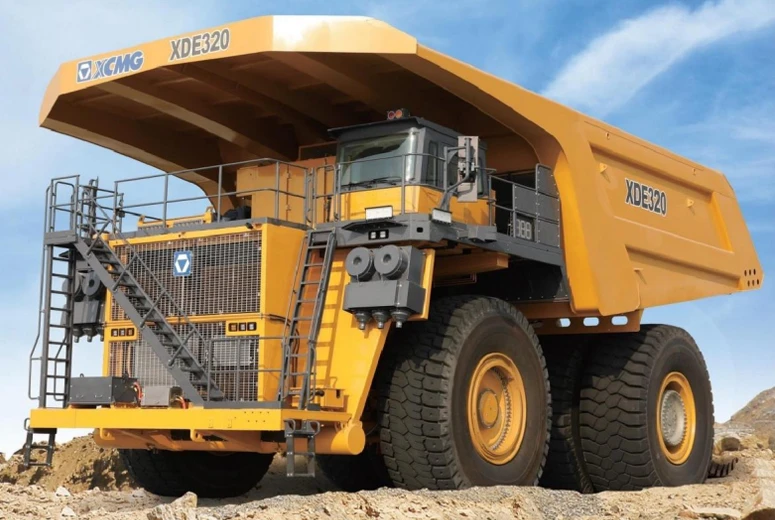Innovative Farming Equipment for Efficient Crop Harvesting and Increased Productivity
The Evolution and Impact of Modern Harvesting Machines
In the world of agriculture, the quest for efficiency and productivity has led to significant advancements in technology, particularly in harvesting techniques. Modern harvesting machines have transformed the way we gather crops, marking a departure from traditional manual methods to sophisticated mechanized systems. This article explores the evolution, types, and impact of modern harvesting machines on agriculture.
Historically, harvesting was a labor-intensive process that required considerable manpower. Farmers relied on hand tools such as sickles and scythes to gather their crops. This method was not only time-consuming but also heavily dependent on weather conditions and seasonal labor availability. As the demand for food increased with the growing population, the limitations of manual harvesting became apparent. The need for a more efficient solution paved the way for the development of modern harvesting machines.
The first significant breakthrough came in the early 19th century with the invention of the mechanical reaper by Cyrus McCormick in 1831. This innovation allowed farmers to harvest grain much faster than ever before. Over the years, the design and functionality of harvesting machines have continued to evolve. Today’s harvesters are equipped with advanced technologies such as GPS, sensors, and automated systems, enabling them to operate with greater precision and efficiency.
Modern harvesting machines can be classified into several categories, including combine harvesters, forage harvesters, and specialty harvesters. Combine harvesters are perhaps the most well-known; they are capable of cutting, threshing, and cleaning grain crops in a single pass. This multi-functionality significantly reduces the time and labor required for harvesting tasks. Forage harvesters, on the other hand, are designed specifically for harvesting crops like corn and grass, which are often used for animal feed. Specialty harvesters cater to specific crops, such as potatoes or sugar cane, and are tailored to handle the unique challenges associated with these crops.
modern harvesting machine

One of the striking features of modern harvesting machinery is its integration with technology. GPS-guided systems ensure optimal efficiency and accuracy in crop gathering, minimizing waste and increasing yield. Drones and satellite imagery also play a role in modern agriculture, providing farmers with real-time data on crop health and growth conditions. This data can inform decisions about when to harvest, maximizing the quality and quantity of the crop produced.
The impact of modern harvesting machines on agricultural productivity cannot be overstated. These machines have significantly reduced the amount of time and labor required for harvesting, allowing farmers to focus on other essential aspects of their operations, such as planting and managing their crops. Moreover, the increased efficiency leads to higher yields and the ability to bring in more crops during the brief harvesting window, particularly for time-sensitive crops.
However, the rise of modern harvesting machines has also brought challenges. The high costs associated with purchasing and maintaining these machines can be prohibitive for small-scale farmers. Additionally, the shift towards mechanization has led to concerns about job losses in rural communities, where farming is a primary source of employment. Balancing the benefits of increased efficiency with the socio-economic implications of automation remains a critical challenge for the agricultural sector.
In conclusion, modern harvesting machines represent a significant leap forward in agricultural technology. They have revolutionized the harvesting process, contributing to increased productivity and efficiency. As technology continues to evolve, it is crucial to address the challenges that accompany this transformation, ensuring that the benefits of modern agriculture are shared equitably among all stakeholders, from large-scale producers to small family farms. The future of harvesting is bright, but it will require careful consideration of how we adapt to these changes in the agricultural landscape.
-
SINOTRUK HOWO 84 Electric Dump Truck for Eco-Friendly Heavy HaulingNewsJul.26,2025
-
The Fast 16-Gear Manual Transmission Assembly for Heavy TrucksNewsJul.25,2025
-
Mercedes Benz Actros 1848 42 Tractor Truck for Sale - Reliable PerformanceNewsJul.24,2025
-
High-Quality Water Pump Assembly for Sinotruk Trucks – Durable & ReliableNewsJul.23,2025
-
Premium Truck Engine Antifreeze Coolant Fluid for Heavy Duty VehiclesNewsJul.22,2025
-
FOTON View G7 Mini Bus: Affordable & Spacious TransportNewsJul.22,2025
Popular products

























